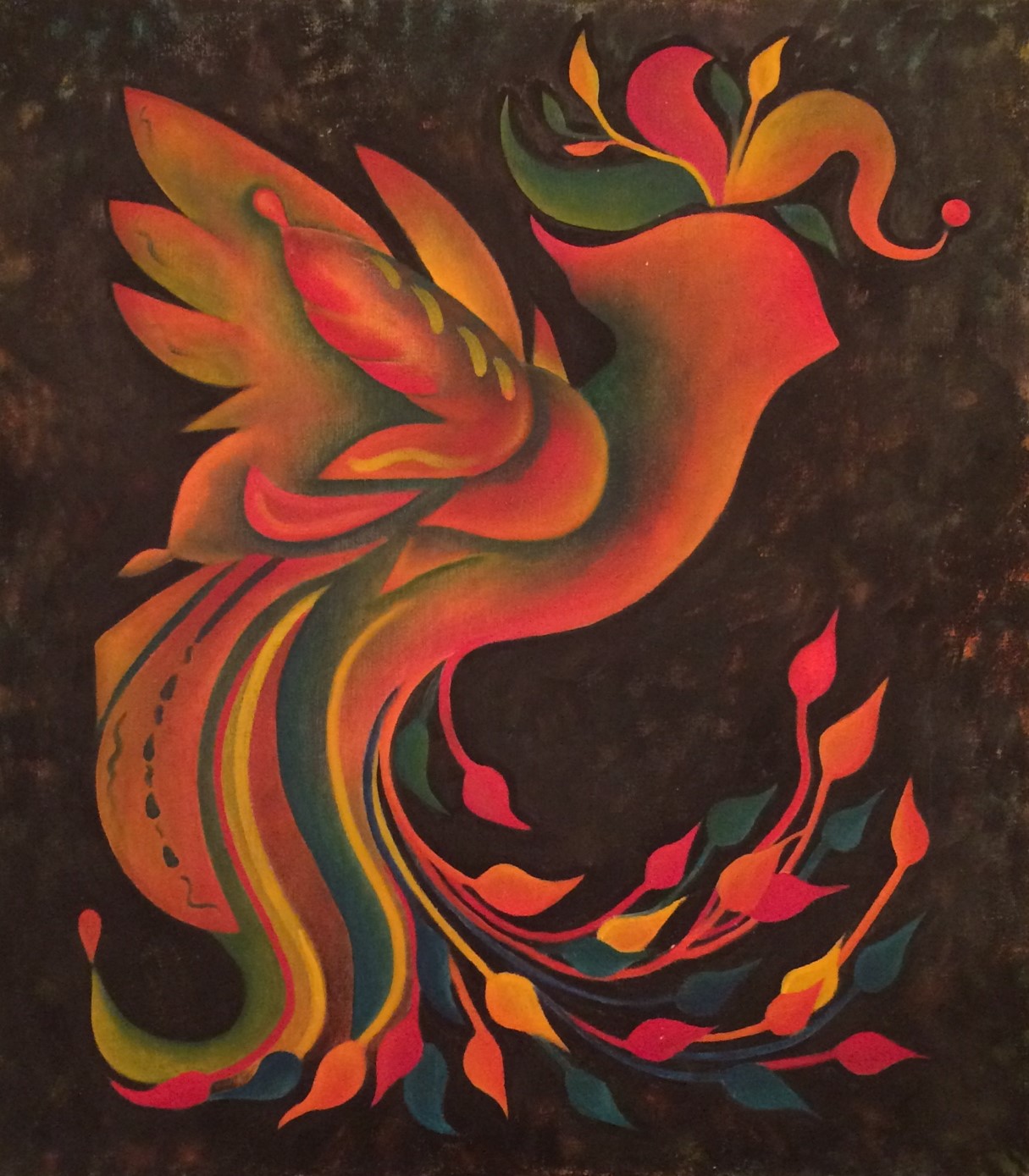The American Art Therapy Association represents a diversity of professionals, students, and organizations across the nation. We recognize and celebrate the work of our members at all levels through our Featured Member series.
June 2, 2022
What excites (or inspires) you most about your job right now?
I launched a private practice in 2021 during the height of the pandemic, and it’s the smartest thing I’ve ever done for myself. I’d been fighting off the private practice bug since 2003, so this was a long time coming! I now have the absolute freedom to create a sustainable business that nurtures my goals and dreams as well as the people I serve.
The clients I support are helping professionals who identify with burnout. I’ve long been interested in person-of-the-therapist issues and know that these tend to be unaddressed sufficiently in training programs and continuing ed opportunities. Person-of-the-helper issues are almost neglected entirely in training programs and professional development for other kinds of helpers, and the pandemic highlighted this Achilles’ heel in all of us.
With that in mind, I decided to create an online art therapy practice that takes the invisible aspects of the helper and makes them visible. It’s exciting to help people see and create a relationship with themselves as they rise from the ashes of burnout–and I know that I’m actually helping all the people in their care, so my reach is pretty big. It’s a privilege to be doing this work.
How have race, diversity, and/or social justice impacted your work as an art therapist (or art therapy student)?
As a former target of workplace bullying, I now volunteer with the National Workplace Bullying Coalition and know that people from marginalized communities are overrepresented among targets. Higher ed, K-12, and healthcare settings–places where large concentrations of helping professionals are found–are common backdrops for workplace bullying and systemically endorsed trauma, which contributes to burnout. Regardless of whether people are employees or self-employed, individuals from marginalized communities are likely to succumb to burnout more quickly than their non-marginalized peers due to having nervous systems that are already under siege.
What advice would you give someone interested in pursuing a career in art therapy? Or, is there something you would like to share about your journey thus far as an art therapist?
Prospective art therapists need to be aware of the changing healthcare scene and the effect this has on mental health practice. It can be unsettling to know that things don’t remain constant, but this can also be cause for interesting and exciting opportunities.
Megan VanMeter, MA, LPC (AZ), LMHC (IN), LPC-AT/S (TX), ATR-BC
 I earned my master’s degree in art therapy from the University of Louisville, where I learned from Expressive Therapies Continuum (ETC) co-creators Vija Lusebrink and Sandra (Kagin) Graves-Alcorn. Their tutelage and supervision as I mastered concepts in the classroom and applied them in clinical settings was invaluable, yet it took about 20 more years for mainstream psychotherapy to be ready for what I was capable of doing based on the way I was trained.
I earned my master’s degree in art therapy from the University of Louisville, where I learned from Expressive Therapies Continuum (ETC) co-creators Vija Lusebrink and Sandra (Kagin) Graves-Alcorn. Their tutelage and supervision as I mastered concepts in the classroom and applied them in clinical settings was invaluable, yet it took about 20 more years for mainstream psychotherapy to be ready for what I was capable of doing based on the way I was trained.
By then I was working in a K-12 setting and had been invited to create an art therapy program, so I pulled out all the stops and grounded my assessment, treatment planning, intervention, progress monitoring, and case conceptualization efforts in the ETC. This comprehensive, individualized, outcome-informed approach garnered respect from parents, educators, administrators, and lawyers.
I’ve given many conference presentations on the ETC, but now that I have an ETC-based virtual private practice, I’m thinking about ways to help art and other expressive therapists delve deeper into the model for developing knowledge and skills that are consistent with Lusebrink and (Kagin) Graves-Alcorn’s teachings. Currently, I’m communicating ETC information through a newsletter; see https://www.meganvanmeter.com/for-expressive-therapists to learn more.
“Bird of Paradise.” Oil on canvas. 2/6/1989. Artist statement:
“Bird of Paradise” is the image I use to help others understand the numinous qualities associated with the Symbolic component of the Expressive Therapies Continuum. Though I created this painting more than 30 years ago, it continues to mesmerize me with its mysteries.
Why are its tail feathers underneath it, as if it did an about-face in mid-flight? Why does its crown hover over its head? What can it see with that eyeless face? Why does it seem to glow from within? The answers to some of these questions have been partially revealed over time, like a ghost stepping out of the fog to bring forth a message before fading back into the cloudiness of the unknown.
I finished painting “Bird of Paradise” roughly one month before visiting the University of Louisville’s art therapy program for the first time. Little did I know then that the program would have such an influence on my future or that this painting would play a role in teaching others about what I learned there. “Bird” is the ghost that steps in and out of my own fog, accompanying me in ways I’m aware of and ways I’m not…yet.

